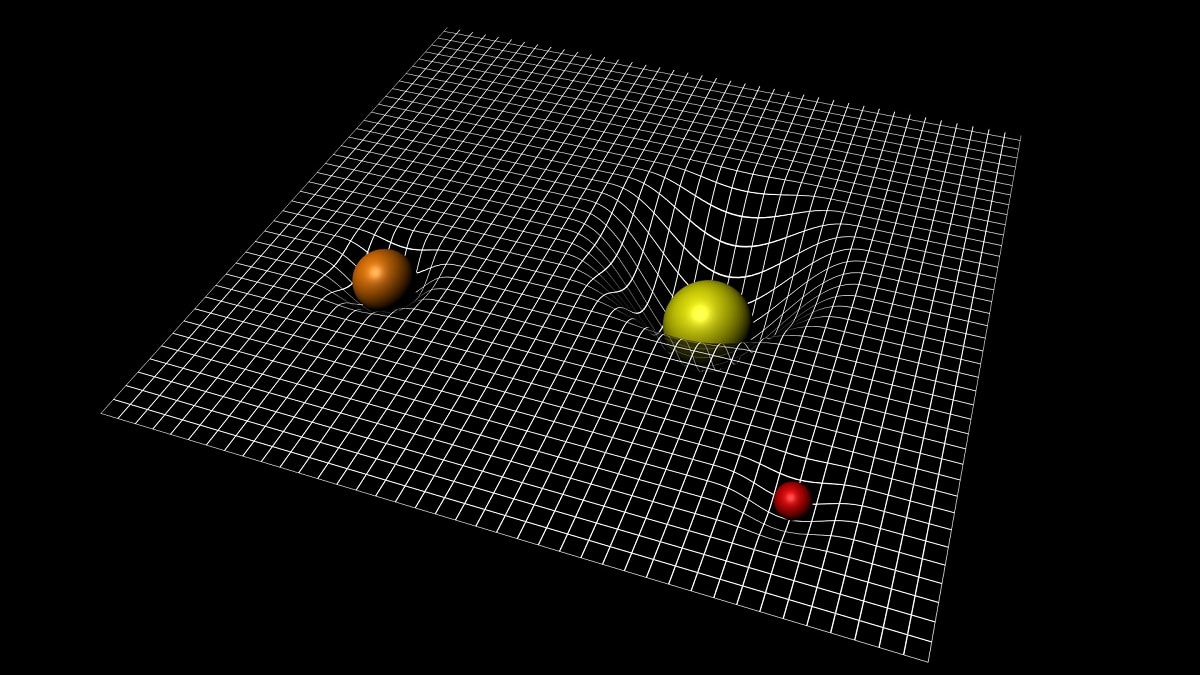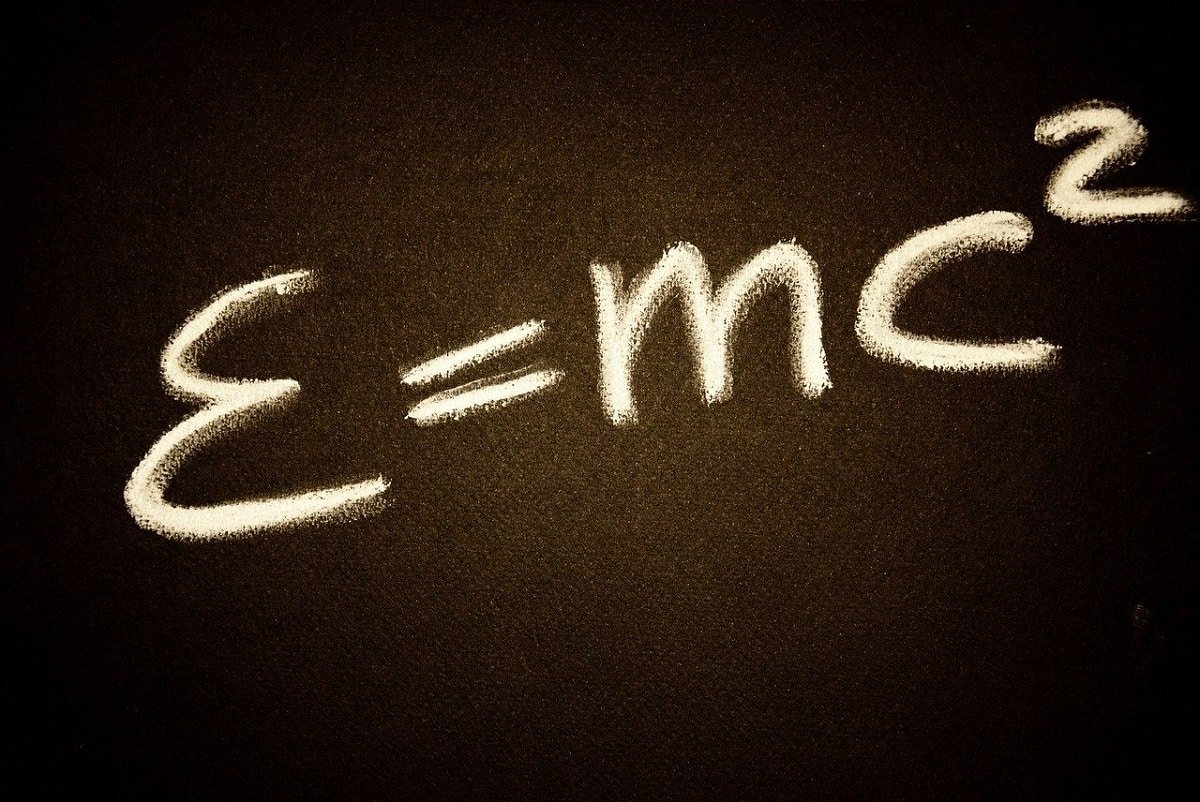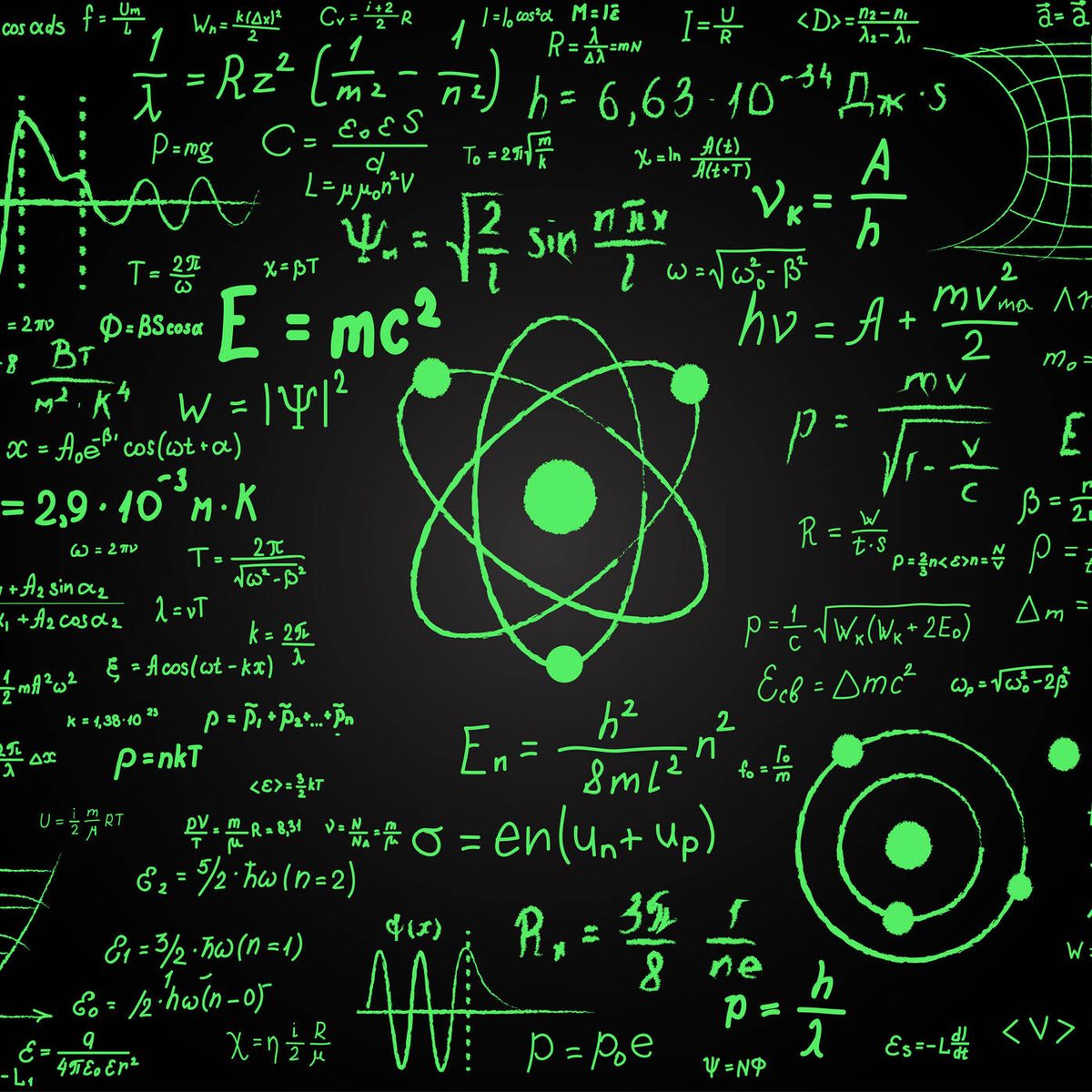
Among the types of energy that we know in the field of physics we have the relativistic energy. It is about that energy that is born from the sum of the kinetic energy of an object that its energy at rest. This type of energy is known as internal energy. Relativistic energy is of great importance in physics.
Therefore, in this article we are going to tell you what are the characteristics, importance and much more about relativistic energy.
What is relativistic energy

The relativistic energy of a particle is defined as the sum of its kinetic and rest energies. In physics, relativistic energy is a property of every physical system (massive or not). Its value increases when some process transfers energy to it, it changes to zero when the system disappears or is destroyed. Thus, for a given inertial reference system, its value will depend on the state of the physical system, and it will only remain constant if said system is isolated.
When Albert Einstein, considered the greatest physicist of all time, first derived his famous formula Energy=mc2, he had no idea to what extent he would use his theorems of special and general relativity to chart the course of history.
When calculating speed, the distance traveled must be divided by the time required to travel. This formula has two elements that need to change: space and time, because the speed of light remains the same.
Remember that energy is a property of objects that allows them to do work. In that process, we can transfer energy to the object, causing it to move. Mass is also closely related to movement. But it also has to do with inertia, a state of resistance to movement, very heavy objects, or a movement that we cannot slow down or stop as they gain enormous speeds.
Mass is then a measure of the inertia exhibited by an object.. Things with a lot of mass are difficult to accelerate and brake. The energy and mass in the equation are equivalent. Some physicists view mass as a form of energy and are not exaggerating. We can convert large amounts of mass into energy and vice versa. For example, the mass of some atoms can be converted into energy to power a nuclear reactor, or converted to other warlike uses, releasing enormous amounts of energy that destroy everything around them.
Key features

Relativistic energy is intrinsically linked to the mass of an object. According to the theory of relativity, the mass of an object also increases as it approaches the speed of light. Therefore, the higher the relativistic energy of an object, the greater its mass. This relationship between energy and mass is fundamental to understanding subatomic particle physics and energy production inside stars and nuclear reactors.
Relativistic energy also has the unique property that it cannot be destroyed or created, but can only be transformed from one form to another. This is known as the principle of conservation of energy. In any physical process, the total energy, which includes both relativistic energy and other forms of energy, remains constant. This characteristic is essential to understand how nuclear reactions work and the energy balance in the universe.
Furthermore, this type of energy plays a crucial role in the description of phenomena such as electromagnetic radiation and gravitational waves. These phenomena are waves of energy that propagate through space-time, and their behavior and characteristics can be better explained using the concepts of relativistic energy.
How relativistic energy works

Mass and energy are closely related, with an equivalence relationship described by the German physicist Albert Einstein in his theory of special relativity. In other words, a small amount of mass equals a large amount of energy. Relativistic energy is infinite when objects move at speeds close to the speed of light.
Therefore, it becomes infinitely large, and no force can accelerate it, so the speed of light is an insurmountable physical limit. If we remember that mass is defined as the relationship between force and acceleration, we understand that mass is a measure of how fast an object is increasing.
However, this It should in no way make us think that if we travel close to the speed of light, we will see mass increase. It is not correct to think that all the mass of the body is converted into energy or vice versa. That is, a large amount of energy can be converted into mass.
Perhaps for this reason, many authors today point out that it is better not to use the adjectives of relativity, but the adjectives of total energy and constant mass, to emphasize that the value of m0 is the same in any system, and that of E (energy)) will depend on the selected system.
Likewise, we must remember that speed and force are vector magnitudes. If we apply a force to an object moving in the same direction of motion at a speed close to the speed of light, the mass will be relativistic. However, if we apply that force perpendicular to the movement, the so-called Lorentz factor will be 1, since the speed in that direction will be zero. Then we will perceive a very different quality.
It can be concluded that the mass can change, but not only depending on the speed, but also on the direction in which the force is applied. Therefore, this reasoning completely rules out that relativistic mass is a real physical concept.
how it is stored
Each atom is a small sphere full of energy, and can even convert energy in the form of particles of light (called photons) into matter. Therefore, it is efficient and well used, providing a good solution to human energy needs.
With storage, the conversion of nuclear energy into electricity can be done through the complex process of fission and fusion. For this reason, Einstein is considered the father of nuclear physics.
I hope that with this information you can learn more about the energy list and its characteristics.